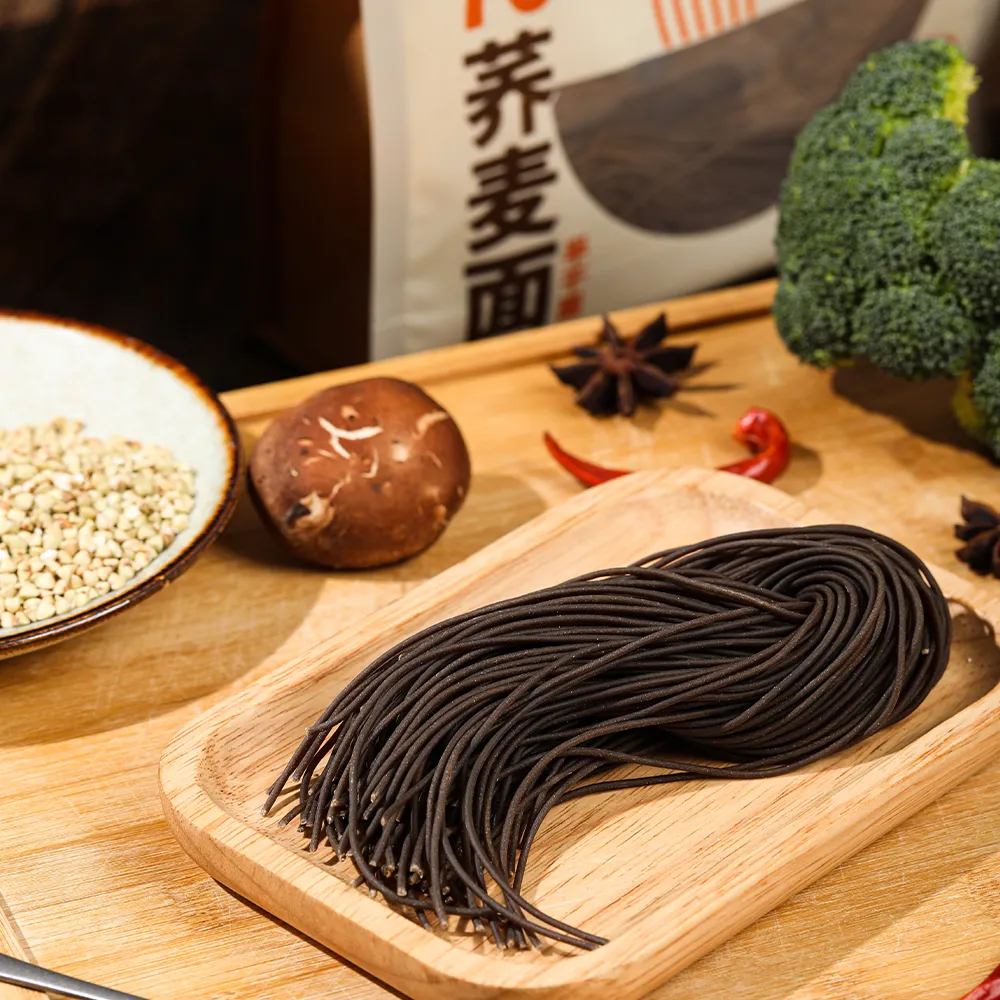udon
The Fascinating World of Udon A Journey Through Japan's Iconic Noodle
Udon, a beloved staple of Japanese cuisine, embodies the essence of comfort food across the archipelago and beyond. These thick, chewy wheat noodles have captured the hearts and taste buds of many, transcending cultural barriers. Exploring the origins, variations, and methods of preparation can illuminate why udon has achieved such a special status in both traditional and contemporary Japanese cuisine.
Origins and History
Udon’s roots trace back to ancient China, with influences migrating through cultural exchanges along trade routes. The earliest records of udon date back to the 9th century in Japan, where it initially appeared as a medicinal food. By the Edo period (1603-1868), udon had transformed into a popular dish enjoyed by the masses, signifying its rise as a culinary favorite. Over the centuries, various regional styles emerged, each with unique twists, flavor profiles, and preparation techniques.
Types of Udon
Udon can be broadly categorized into several types, each offering a distinct experience.
1. Kake Udon The simplest and most traditional form, kake udon features the basic udon noodles in a hot broth made from kombu (kelp) and bonito flakes. This dish is often garnished with green onions or a sprinkle of shichimi togarashi (a seven-spice blend), providing a rich umami flavor.
2. Bukkake Udon For those who prefer a cold option, bukkake udon is served chilled, topped with a concentrated soy-based sauce. It’s perfect for hot summer days, allowing diners to enjoy a refreshing meal. Its versatility allows for a variety of toppings, including grated daikon, tempura, or raw egg.
3. Curry Udon A delicious fusion of flavors, curry udon combines thick udon noodles with a rich, hearty curry sauce. This dish demonstrates the adaptability of udon, integrating the deeply rooted flavor of Japanese curry for a comforting meal.
udon

4. Nabeyaki Udon A delightful one-pot dish, nabeyaki udon is cooked and served in an earthenware pot. It typically contains udon noodles, tempura, vegetables, and sometimes chicken or egg, creating a comforting and complete meal.
Preparation and Techniques
Making udon from scratch can be a rewarding experience. The fundamental ingredients include wheat flour, salt, and water. The process requires kneading the dough until it reaches a smooth and elastic consistency, which can take considerable effort. Once the dough is ready, it is rolled out and cut into thick strands. This technique is crucial, as the thickness of the noodles plays a vital role in the overall dish's texture and taste.
Cooking udon is relatively straightforward. The noodles are boiled in water and, once cooked, are rinsed under cold water to remove excess starch and cool them down. This step is especially essential for dishes like bukkake udon.
Udon in Contemporary Cuisine
As global interest in Japanese cuisine surges, udon continues to evolve. Modern chefs are experimenting with fusion flavors, incorporating international ingredients and innovative cooking methods. Udon can be found in gourmet restaurants as well as casual eateries, showcasing its versatility. From upscale udon with truffle oil to vegan variants using plant-based broths, the possibilities are endless.
Furthermore, the rise of convenience foods has led to the development of instant udon products, allowing fans to enjoy this beloved dish quickly and easily at home. While these products may differ from traditional versions, they still offer a taste of Japan's rich culinary heritage.
Conclusion
Udon represents more than just a dish; it embodies a significant part of Japan's culture and history. As both a humble comfort food and an object of culinary creativity, udon continues to inspire chefs and food lovers alike. Whether enjoyed in a bustling izakaya, a cozy restaurant, or made at home, this iconic noodle is a delicious testament to the art of Japanese cooking, inviting everyone to explore its rich textures and flavors.
-
Unleash Your Inner Chef with Delectable Italian Pasta CreationsNewsAug.01,2025
-
Savor Health and Flavor: Irresistible Soba Noodles for Sale Await!NewsAug.01,2025
-
Nourish Your Body with Premium Organic Ramen - A Culinary Delight AwaitsNewsAug.01,2025
-
Elevate Your Dishes with Our Exquisite Kinds of Egg NoodlesNewsAug.01,2025
-
Dive into Flavorful Convenience with Our Ramen OfferingsNewsAug.01,2025
-
Discover Exquisite Types of Naengmyeon and Chilled Soba NoodlesNewsAug.01,2025
-
Is Whole Wheat Pasta Healthy?NewsMay.30,2025
Browse qua the following product new the we

















































































































